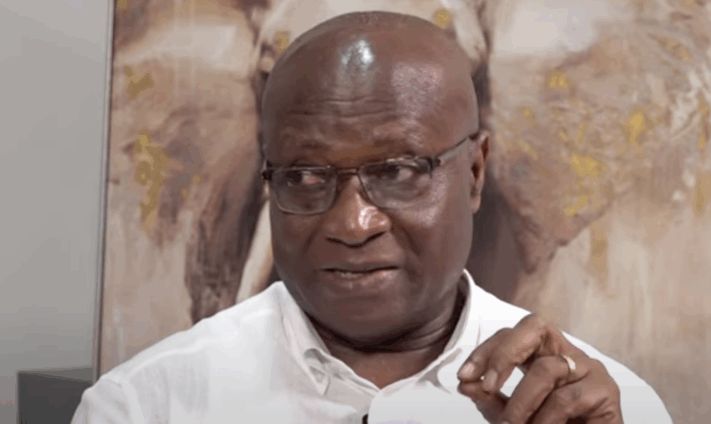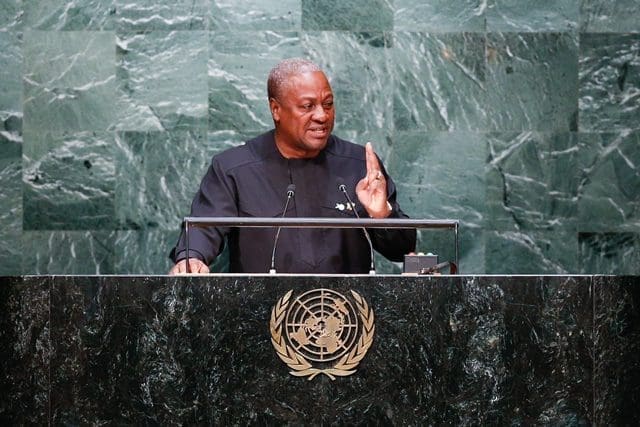Minister for Trade, Agribusiness and Industry, Elizabeth Ofosu-Adjare, has called on the country’s cement manufacturers to revise pricing structures downward following recent gains in the local currency, citing persistent public frustration over high construction costs.
In a meeting with members of the Chamber of Cement Manufacturers, Ghana (COCMAG), Ofosu-Adjare emphasized the need for consumers to benefit from the cedi’s appreciation against major trading currencies, particularly the U.S. dollar. The cedi has posted modest gains in recent weeks, buoyed by improving macroeconomic indicators and disbursements under Ghana’s IMF-supported reform program.
“With exchange rate pressures easing, cement producers must reflect those gains in their pricing models,” Ofosu-Adjare said, urging firms to align costs more closely with economic fundamentals.
The meeting, which included representatives from major producers such as Ghacem, Dangote Cement, CIMAF, Dzata, CBI, Empire, and Diamond Cement, also addressed sector-wide concerns around regulatory compliance, product standardization, and consumer protection.
Industry executives responded positively to the minister’s comments, acknowledging the recent stability in the cedi and hinting at potential price reductions should the trend continue. Cement prices in Ghana have been a persistent source of public discontent, with fluctuations in raw material import costs often cited by manufacturers as a driver of price volatility.
The minister also announced plans for increased regulatory scrutiny, stating that the Ghana Standards Authority (GSA) will ramp up quarterly inspections beginning in August to enforce national product quality standards. “Firms that fall short of compliance risk sanctions, including possible shutdowns,” she warned.
Producers reaffirmed their commitment to quality control and pledged to support regulatory efforts aimed at ensuring consistency and fair competition across the sector.
The cement industry remains a critical component of Ghana’s construction-driven growth, and pricing pressures in the sector have broader implications for infrastructure development, housing, and industrial expansion. Analysts say that while exchange rate stability is a factor, structural issues such as transport costs, energy prices, and port fees will continue to influence retail cement prices in the near term.














